Is a 200hr YTT enough to teach yoga? Yes, no, maybe? The answer depends on your definition of enough. Is a 200hr YTT enough to teach yoga legally? Yes.
Enough to teach yoga competently? Maybe.
Enough to know all there is to know about Yoga? No chance.
What’s in this article?
Introduction
Remember that yoga is a tradition that is at least two thousand years old.
A foundational Yoga training is just two hundred hours long. Is it possible to condense 2,000 years of tradition into just 200 hours of teaching? Some would say it is optimistic; others would claim it is unrealistic.
Learning all there is to know about Yoga in a single lifetime is impossible, let alone in a 21-day training.
But what exactly can we expect to be ready for after a 200hour yoga teacher training? (in short 200hour YTT)
Let’s see…
Is a 200hr YTT enough to teach Yoga legally?
Yes. Two hundred hours is the minimum requirement to certify someone as a Yoga Teacher.
Though it’s hard to believe, the 200-hour Teacher Training courses are a relatively new product of the Western educational model. In 1999, the Yoga Alliance agreed upon a minimum of 200 hours, based (perhaps) on the month-long residencies that people would do previously in India.
Despite the (admirable) attempts of the Yoga Alliance to formalize Teacher Training courses, making them more uniform, the quality of 200-hour courses varies drastically. Two hundred hours refers only to the quantity, not the quality of education. Besides, not all YTT courses are created equally. And Thank God for that!
Did you know that before 1999, students would undergo years, even decades, of mentorship under a teacher before they were approved to teach? I doubt they got a certificate, either.
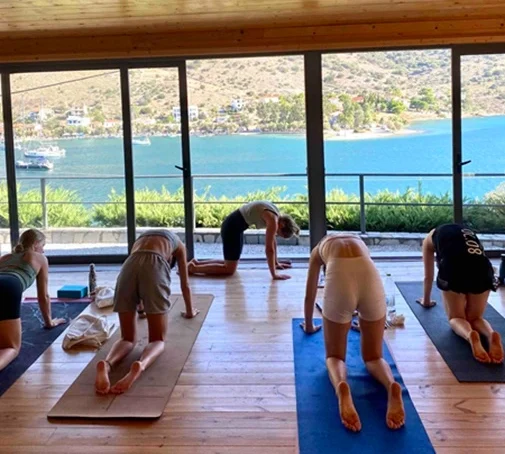
Is a 200hr YTT enough to teach Yoga confidently?
That depends.
Some people feel confident about teaching yoga even before they begin their yoga
teacher training.
Interestingly, these can be the people who feel less confident at the end of the training since now they know how much they don’t know. Ignorance is bliss.
Some people never feel ready or fully confident to teach because they experience the “Imposter Syndrome.” Ironically, many yoga teachers who experience “Imposter Syndrome” are some of the best teachers I have ever met.
Confidence, for many, is the wrong metric. Confidence is a feeling, something which comes and goes. It cannot be relied on. It should not be depended on.
True confidence is a byproduct of competence. We feel better about doing something when we have proved to ourselves we can do it. Competence is a skill, something which can be learned. Competence will support you, even when confidence evades you.
The more competent you become, the more confident you feel. A confidence that only comes through practice and experience, not positive thinking alone. A genuine confidence that you have earned. It’s not a pseudo-confidence that you have about yourself.
So, why “fake it until you make it” when you don’t have to fake it at all?
Instead, “make it until you make it better.”
Learn through doing, making, and subsequently amending mistakes.
You might not ‘feel’ ready immediately after your training. And that’s ok.
It may take months, even years, until you feel confident.
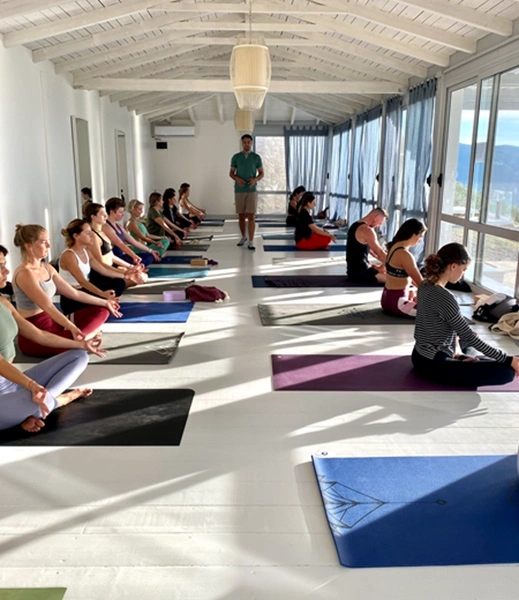
Rather than asking if a 200hr YTT is enough to teach yoga (which is highly personal), ask if a 200hr YTT is enough to teach Yoga competently.
Not to be a master teacher, not to teach crazy advanced poses but to teach a safe and simple class. A class that makes sense and leaves students feeling better (not worse) than when they came in.
If you choose the right one, 100% yes. Choose one that prioritizes the teaching methodology, practical skills, and one that offers plenty of opportunities to integrate (not just memorize) what you know. (hint, hint)
Check out our 200-hour yoga instructor training in the Greek islands.
Did you know that many 200hour yoga teacher training courses do not teach you how to teach a class? They focus only on your practice rather than you being a yoga teacher.
And how do we know this? We don’t send spies to other schools.
The students who come to our 300hr YTT tell us this. They tell us that they taught one pose in their 200hr YTT. Some tell us that they taught one sun salutation. Yep, this happens. People take a yoga teacher training course but don’t train to be yoga teachers.
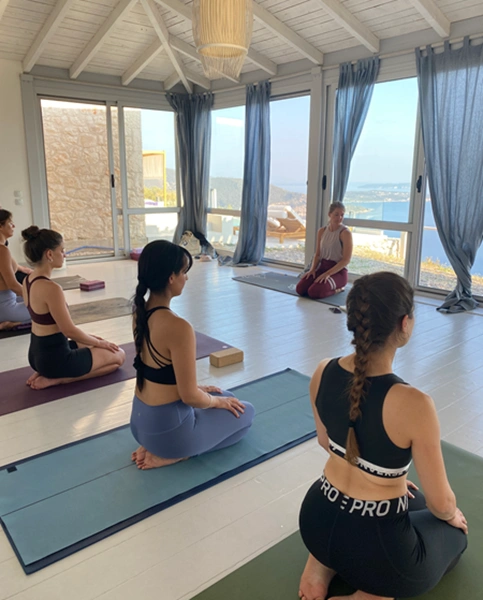
Is a 200hr YTT enough to teach Yoga proficiently?
Though good for business, the rapid increase of 200-hour yoga courses potentially harms the Yogic tradition.
Since the barrier to entry (and exit) is lower than ever before, more and more students are ‘becoming yoga teachers.’ Some schools require little (to no) experience before starting the training. Even with the best teachers with good intentions, 200 hours is not much time. For this reason, the rise of 200 hours has been accused of diluting Yoga.
However, this is only true if a student stops learning after 200 hours. No one ever said the 200hour course is all you will ever need to teach yoga.
Personally, the more people practicing and teaching Yoga, the better. The earlier you start, the sooner you can improve.
Not all students intend to teach yoga after completing their training.
If you do, please make sure you attend a school that prioritizes “how to teach, not just how to practice.” If it’s unclear what the school offers besides a certificate, don’t risk it.
Did you know that most of our students have a call with us before joining the course? We wish we had this opportunity when we were choosing our own courses. (No Zoom calls back then, lol)
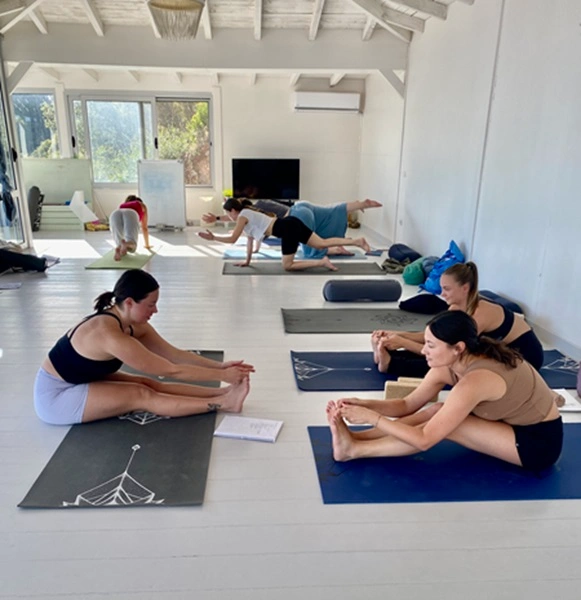
Is a 200hr YTT enough to learn all you need to know?
We’ll give you the answer right now: NO.
As incredible as (some) 200-hour courses are, they will always be somewhat artificial. The learning happens in a controlled environment. You never know what you need to know until you face it in real life. Preparation is key, but spontaneity is also part of the job. You cannot always predict who will come through the door, who will attend your class, and what sort of questions they will ask.
In our 200hr YTT, we have the perfect number of students, which allows you real-life scenarios. You get to teach yoga to people with less flexibility, more flexibility, younger, older, less experienced, or more experienced.
That’s what a mixed-level looks like, and that’s what you get in real life.
Any time you have more than one student in a class, that’s considered a mixed-level class.
Remember, it is ok not to know everything. Students respect when yoga teachers admit to not having “all the answers.” Plus, it makes it even more meaningful once, after sufficient research, you give them an answer (rather than just giving the first auto-response that pops into your head).
Is a 200hr YTT enough to last a lifetime?
No, probably not. Nor is it intended to. A 200-hour training, legally speaking, is all you need to teach; however, for most people, it marks the first step on the path of lifelong learning. A 200-hour training should lay the foundation upon which all future learning builds; the learning medium is up to you.
For some teachers, especially those who want to offer their Teacher Training, a 200-hour is not enough. They must complete at least 500 hours of formal training (and teach at least X number of hours).
Did you know that roughly 1 out of 4 yoga teachers attend the 300hr YTT advanced course?
Remember that learning doesn’t only come in the form of Teacher Training.
Some teachers may not feel the need to do more than 200 hours of formal training.
Month-long intensive courses are not feasible for everyone.
Real-life learning (after YTT) is essential since it enables new teachers to evaluate what they do (and don’t) know. Eventually, if we want to teach, we must do so in the real world.
Watching videos from a chef won’t make you a chef, right? You gotta go in the kitchen and cook :-))
With the rise of online education, you can learn from anyone, anytime, anywhere in the world. Though these trainings may not be Yoga Alliance certified, they are a great (and usually cost-effective way) to broaden your knowledge.
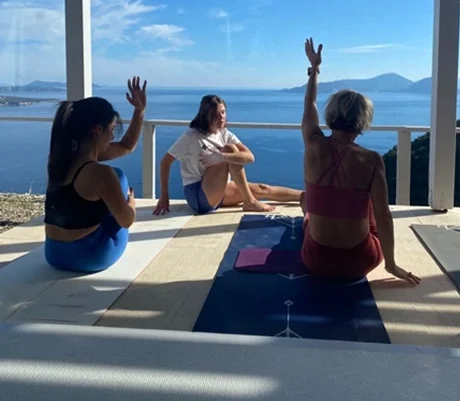
Conclusion
Is a 200hr YTT enough to teach yoga?
It depends on your definition of enough. Ultimately, we have to begin somewhere, and a 200-hour training course is a great place to start, granted you choose wisely.
Whether the minimum requirement is 200, 250, or 500 hours, someone, somewhere, will still complain that “It is not enough.” Some accuse a 200-hour training as insufficient, suggesting it only scratches the surface of a two thousand (plus) year old tradition. I am unsure how an extra 50 or 300 hours of study would rectify this issue.
Someone who has completed 500 hours of training isn’t necessarily a better yoga teacher than one who has only done 200 hours. How the information is understood, used, and shared is what counts. Choose quality over quantity.
Whether you, your teacher, or someone you know believe that a 200-hour is (or isn’t) enough to teach Yoga is irrelevant. Rather than debating the appropriate time to spend on yoga teacher training, we should consider the quality of the time spent.
Most yoga schools say that the 200hr YTT is a journey. In our opinion, it’s a yoga education and then a journey. Once we get that right, results will naturally follow.
Listen to what our ex-students have to say about the 200hr YTT.

9 Important Tips to Know Before Choosing the Right YTT





 Learn how to create a yoga class for your own practice
Learn how to create a yoga class for your own practice